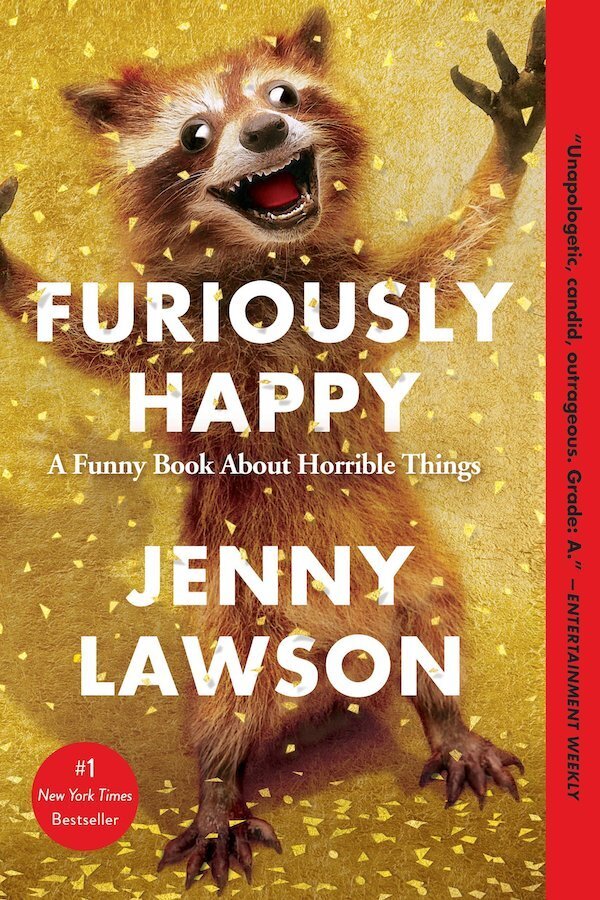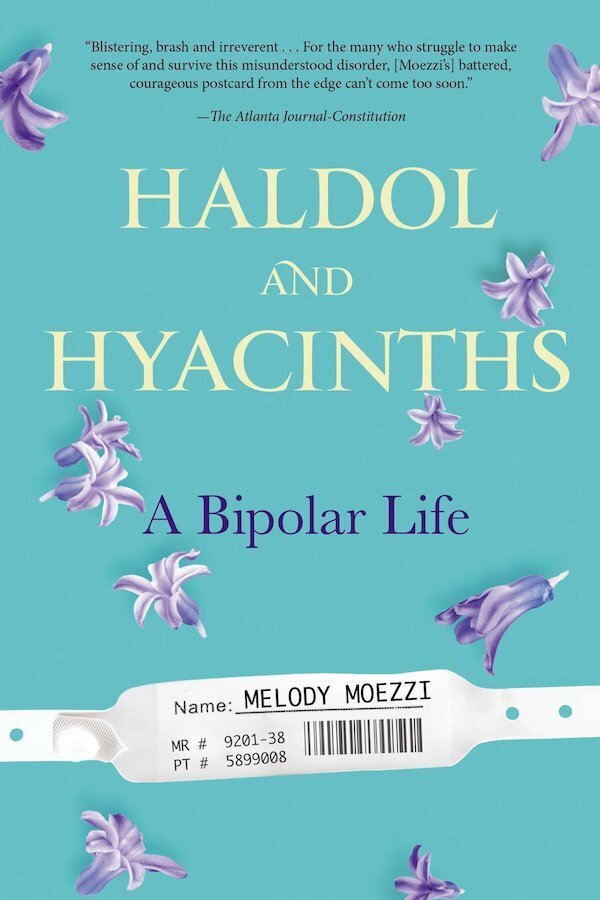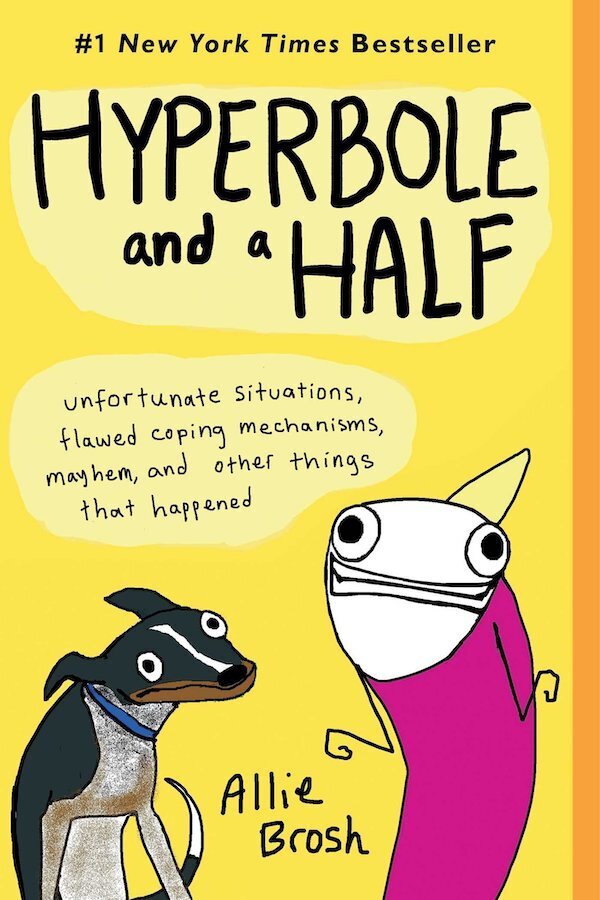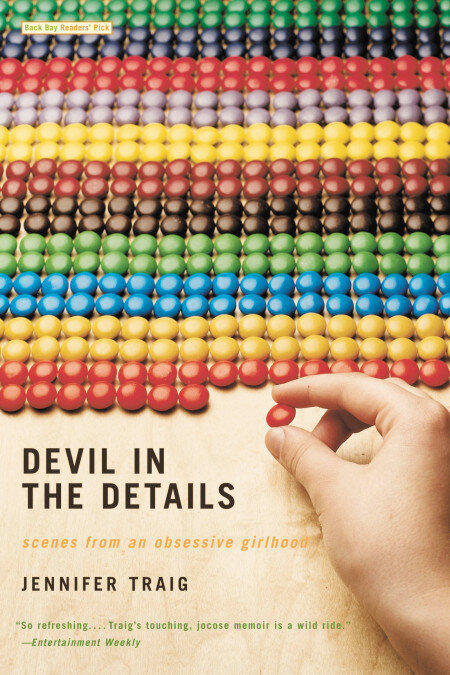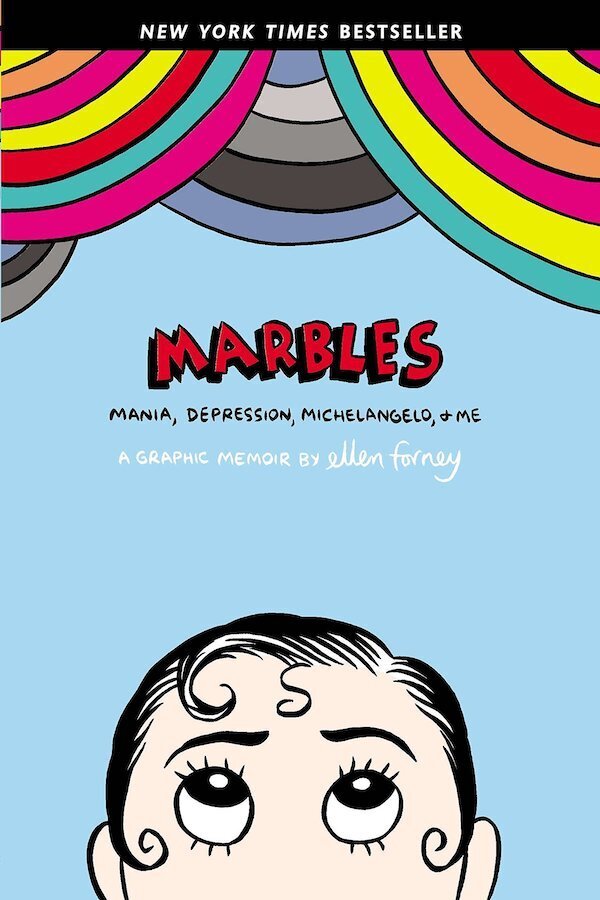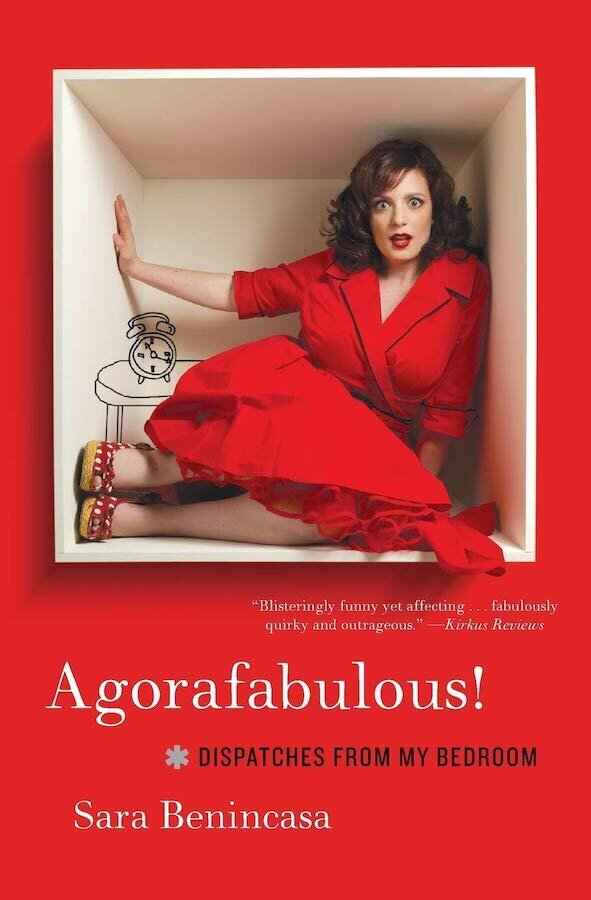
6 Honest (And Humorous) Mental Health Memoirs By Women
Read ‘Em & Weep (Or Laugh. Or Both.)
The symptoms, effects, and treatments of mood disorders and mental illnesses are many, but what is often found to be a commonality among the diagnosed is the isolation we can feel, the oh-so-convincing misconception that we are alone in our experience.
“Humor, when expressed within a found community, can feel a lot like healing.”
Though finding solidarity isn’t the only means to managing or recovering from such afflictions, it can certainly make the affected feel seen, heard, and hopeful. It can also serve as a reminder that humor, when expressed within a found community, can feel a lot like healing.
If you suspend your disbelief for a moment and surrender to the idea that laughter is indeed the best medicine, then consider these books doctor’s orders.
As someone who believes she silently suffered from depression long before a psychiatrist agreed that she did, one of these reads left me snort-laughing—an impulse that often disappears in the wake of apathy. It also gave me a friend in the moments I felt too shy (see: ashamed) and too different (see: weird) to share with my IRL ones the heavy load that I carried in secret. (I dogeared its pages, too; apologies to the purists!)
Written by women who refuse to be defined by their disorders, these books will make you smirk and find solace with all-too-knowing nods.
And for more media that can nurture your mental health, check out these calming video games, meditation apps, and motivational podcasts!
1. Furiously Happy A Funny Book About Horrible Things
Author | Jenny Lawson
In her own words, Jenny Lawson’s book is about thriving in spite of your brain. While it chronicles her experiences with depression and anxiety—as well as the inappropriate things she’s said to fill the awkward silences in her psychiatrist’s office—it’s driven by the belief that if you can experience such extreme emotions, one of them can certainly be joy.
Excerpt | “Sprinkled in like paprika over a mentally unbalanced deviled egg, are things like mild OCD and trichotillomania—the urge to pull one’s hair out—which is always nice to end on, because whenever people hear the word ‘mania’ they automatically back off and give you more room on crowded airplanes. Probably because you’re not supposed to talk about having manias when you’re on a crowded airplane. This is one of the reasons why my husband, Victor, hates to fly with me. The other reason is I often fly with taxidermied creatures as anxiety service animals. Basically we don’t travel a lot together because he doesn’t understand awesomeness.”
Buy New | Buy Used
2. Haldol and Hyacinths A Bipolar Life
Author | Melody Moezzi
When Melody Moezzi began experiencing a severe physical illness as a teen, her peers showered her hospital room with hyacinths. But, later, when diagnosed with bipolar disorder, her Persian parents insisted she keep it a secret. In her memoir, Moezzi details both the clinical and cultural perceptions she’s encountered as a manic-depressive Iranian-American Muslim, and her refusal to be silenced by them.
Excerpt | “The stigma surrounding mental illness in the States is bad, but it’s beyond measure in Iran. People are about as likely to discuss their psychological issues as they are to discuss their bowel movements. That’s not to say Iranians have no mental health concerns. Far from it. We just prefer to sweep them under our prettiest Persian rugs, hoping the intricate patterns sufficiently obscure the truth. When I was first admitted to Stillbrook, the intake counselor asked me if there was any history of mental illness or suicide in my extended family, most of whom still live in Iran. Even in my miserable condition, I about died laughing before producing my most honest and thorough response: ‘Hell if I know.’”
Buy New | Buy Used
3. Hyperbole and a Half Unfortunate Situations, Flawed Coping Mechanisms, Mayhem, and Other Things That Happened
Author | Allie Brosh
For her blog-turned-comic book, Allie Brosh forgoes lifelike illustrations. Instead, she uses a wild-eyed stick figure created with Microsoft Paint to bring levity to her honest essays about identity, adulting, and depression. Whether it’s the “guilt spirals” that follow after she procrastinates or the natural impulses she resists in order to maintain a societally approved self-image, Brosh makes outsiderdom feel relatable.
Excerpt | “Just as I was debating whether I should settle on a movie that wasn’t Jumanji or go home and stare in abject silence, I noticed a woman looking at me weirdly from a couple rows over. She was probably looking at me that way because I looked really, really depressed and I was dressed like an Eskimo vagrant. Normally, I would have felt an instant, crushing sense of self-consciousness, but instead, I felt nothing. I’ve always wanted to not give a f—k. While crying helplessly into my pillow for no good reason, I would often fantasize that maybe someday I could be one of those stoic badasses whose emotions are mostly comprised of rock music and not being afraid of things. And finally—finally—after a lifetime of feelings and anxiety and more feelings, I didn’t have any feelings left. I had spent my last feeling being disappointed that I couldn’t rent Jumanji. I felt invincible.”
Buy New | Buy Used
4. Devil in the Details Scenes from an Obsessive Girlhood
Author | Jennifer Traig
Jennifer Traig is the daughter of a Jewish father and a Catholic mother. At the age of 12, one of her several obsessive-compulsive disorders took a “hyper-religious” form. She declared everything from exfoliation to mixtapes forbidden. She also prayed in the middle of student council meetings and wondered if she’d go to hell for watching HBO. Read along as she pokes fun at herself and the journey.
Excerpt | “My father and I were in the laundry room and we were having a crisis. It was the strangest thing, but I couldn’t stop crying. And there were a few other weird things: I was wearing a yarmulke and a nightgown, for one, and then there were my hands, red and raw and wrapped in plastic baggies. My lip was split. There were paper towels under my feet. And weirdest of all, everything I owned seemed to be in the washing machine, whites and colors, clothes and shoes, barrettes and backpacks, all jumbled together. Huh. ‘Huh,’ my father said, examining the Reebok Esprit Hello Kitty stew churning through permanent press. ‘You want to tell me what happened here?’ Wasn’t it obvious? The fumes from the bacon my sister had microwaved for dessert had tainted everything I owned, so now it all had to be washed. But this sort of rational explanation hadn’t been going over well with my father lately.”
Buy New | Buy Used
5. Marbles: Mania, Depression, Michelangelo, and Me A Graphic Memoir
Author | Ellen Forney
When Ellen Forney was 29, she was diagnosed with bipolar disorder. Fearful that medication would threaten her creativity, the lifelong cartoonist embarked upon a years-long journey to maintain both balance and brilliance. To help her along the way, she dove into the stories of her inspirations: fellow disorder-diagnosed artists like Georgia O’Keeffe and Sylvia Plath. Her black-and-white graphic memoir is full of thought bubbles, speech bubbles, and stories, like when she got freaked out by the “corpse pose” during a yoga class.
Excerpt | “I’d been musing about what and where for my first—and, I resolved, only—tattoo. I wanted it to be meaningful. Suddenly, a network in my head lit up. I called Kaz the next morning. ‘A whale at the small of my back, in your style so like a skeleton or something…with plumes of water coming out of the spout, like maybe how you draw smoke…and characters in the plumes, but new ones, not ones from ‘Underworld’—I mean I love those but that’s not what I’m thinking for this…and at least some of the characters should be sexy, goofy females. What do you think???’….I’d been seeing a social worker-therapist since the previous summer, when I’d been feeling down. But a few weeks after I got my tattoo, she stopped referring to my new mood as ‘jazzed,’ and referred me to a psychiatrist.”
Buy New | Buy Used
6. Agorafabulous! Dispatches from My Bedroom
Author | Sara Benincasa
Comedian Sara Benincasa’s fears hit their peak when she was an undergrad. That’s when she became too afraid to leave her bed to even go to the bathroom. But her memoir—based on her one-woman show—aims to give perspective. It’s also a source of comfort and hope for those experiencing anxiety, agoraphobia, or panic attacks. (Or maybe, also like her, the fear of having wet hair.)
Excerpt | “By the time I was twenty-one, I was a full-on obsessive, cowering, trembling agoraphobe. How serious was it? Well, because I was too frightened to go to the hair salon, I let my roots grow out—which, gentle reader, is truly a sign of desperation in a born-and-bred daughter of New Jersey…. In the simplest terms and most convenient definitions, my psychiatric diagnosis is that I’m afraid of the mall. Which, I can assure you, is untrue. New Jersey claims to be a state, but it is actually a gigantic slab of cement upon which malls sprout like blisters and corns on the stubby, scrubby feet of overworked chain-smoking strippers. These malls are interconnected by a complex, ill-conceived system of congested roads. You are not allowed to take a left turn anywhere in the entire state. If you try, the rest of us will run you over on our way to the Macy’s white sale.”
Buy New | Buy Used
Have you read any books that have helped your mental health? 📖🧠 Share them in the comments below!
RELATED READING
Danielle Cheesman was born and raised in New Jersey, where she lived until moving to Philadelphia to study journalism at Temple University. She has spent her years writing and developing editorial visions for music, art, and lifestyle brands. Now residing in Los Angeles, you can usually find her taking pictures, making playlists, or cuddling her pup. Say hi on Instagram!
